July 9, 2021 / Photography by Meika Ejiasi and courtesy of A.M. Darke and the Open Source Afro Hair Library Project
“I’m not married to games. I don’t care about games in this precious way. I just think they’re an exciting medium and a mega medium where you can do everything.” AM Darke is a critical game-maker and professor in the game department at UC Santa Cruz. AM’s project ‘Ye or Nay? operates as a clever spin on the classic Guess Who? In which Kanye West serves as a fulcrum to interrogate Black culture. Among many illuminating topics, we spoke with AM about the illusion of choice in games, decentering the white gaze, and ethical trolling.
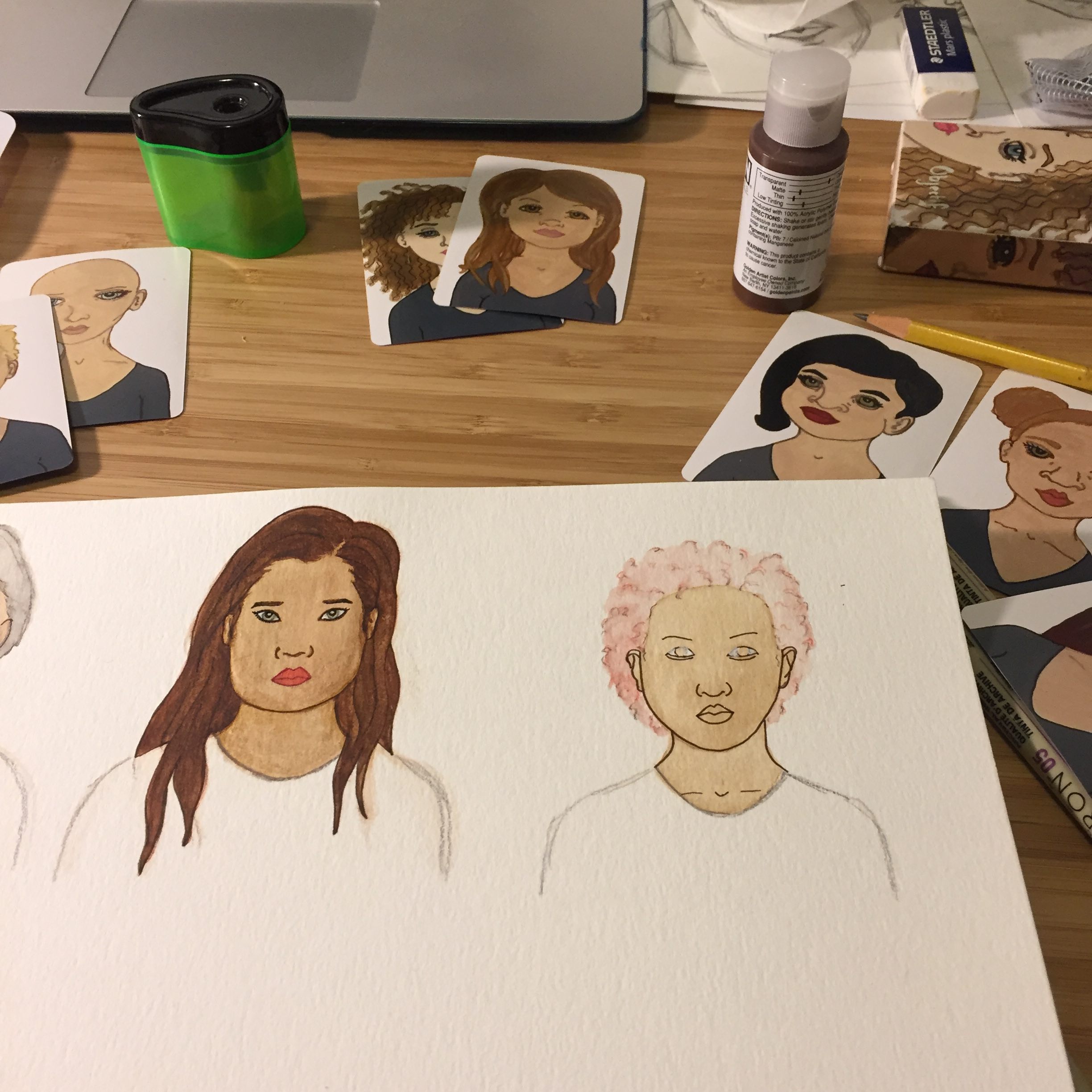

Were there formative moments in your life where you thought you wanted to go into the critical game-making field?
I have a distinct memory from the LA uprising of 1992, after the acquittal of four LAPD officers who were caught on tape beating Rodney King. I think this was the first time the public had seen a video of police brutality captured by a private citizen. We finally had ‘proof’ of how the police treat unarmed Black men, and the justice system still failed to hold them accountable. I was pretty young, but my grandmother put my mom and me in the car, and we drove around the neighborhood. I remember being this little kid and seeing big strip malls looted, stores on fire, glass everywhere. I wasn’t afraid because it didn’t feel like people were there to hurt each other; it was just private property being destroyed. I watched people taking things they needed, and wanted, in response to an unfair system. I vividly recall a man running past our car with a Super Nintendo under his arm. We only had a Nintendo at the time and I asked my grandmother if I could get a Super Nintendo. She said no.
It took years later for me to get into critical game-making. I wasn’t an artsy kid. Inspired by the OJ Simpson trial, for most of my childhood I wanted to be a defense attorney. I was in a Law and Government Academy, and wanted to go to Harvard Law. That dream petered out when I was taken out of high school, and for years I really didn’t know what to do. I took some art classes at community college, but my social anxiety was so bad that I could never finish out a semester. Just after my 21st birthday, I went to Europe for a few months. I saw the Mona Lisa, as you do, and it was so underwhelming. You go in, it’s behind this velvet rope, and everyone else who’s viewing it is looking at it through a screen. Everyone is focused on documenting the fact that they were there. It felt so odd and disconnected from what I thought it would be.
I knew then that I didn’t want my work to exist behind velvet rope, to be inaccessible. I didn’t like the physical distance between the audience and the work, and I also felt some contempt for folks who were mediating their experience, further distancing themselves, by viewing it through a screen instead of their own eyes. I figured if people weren’t going to look at the wall, I didn’t want to be on the wall. If people were going to fixate on the screen, then I would work with the screen. Although it really wasn’t about any particular technology, but creating things that were tactile and immersive. I wanted to make work that required focus and active engagement from a viewer.
Another moment that influenced my practice happened in Barcelona, when I went to see La Sagrada Família. When people talk about the sublime and the sacred, this is it. From there I went to Park Güell and it feels like the complete opposite; it’s a life-size Candyland. It’s like walking around a gingerbread house and I loved that playfulness. I didn’t grow up with a lot of access to the world, so my ideas about art were these tropes and cliches I’d absorbed from movies and television. I thought that art had to be cold and pretentious, alienating. Some of it is. But seeing the range that one person had to create awesome things, be it a breathtaking tribute to god or a childlike wonderland, opened me up. I was less self-conscious about what art had to be, who it was for, and who could create it.
I loved that you could be inside of Gaudí’s work. I loved the way it held your attention. You could take a picture of it, but the real experience was moving through it, touching it, being present. The concept of immersion clicked for me. I came back from that trip and signed up for five studio art classes. It was the first semester I ever finished.
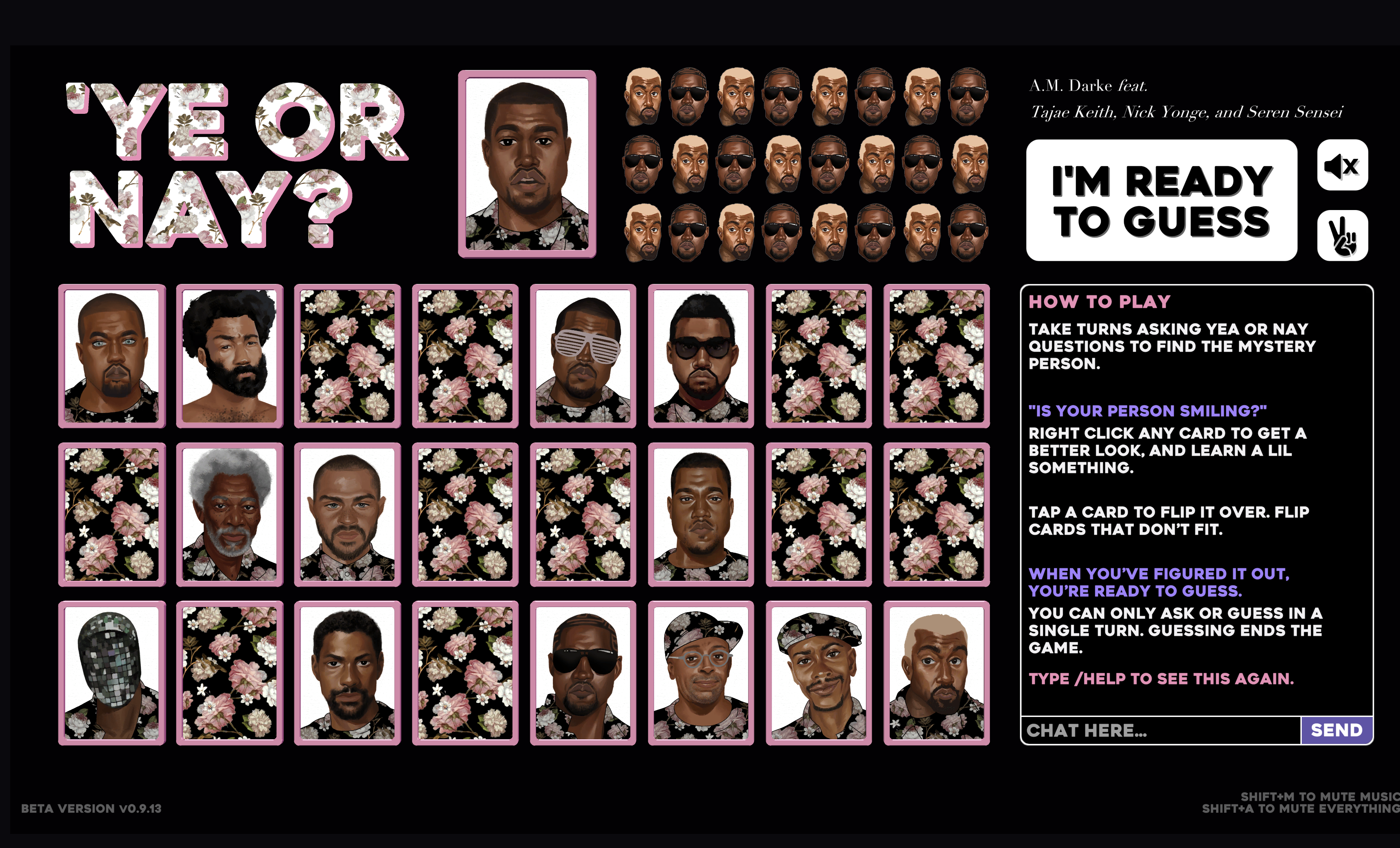
How do you think about comedy and satire in your work, given the weight of the themes and material you’re working on?
I’m inspired by the surrealists and the Situationists.The playfulness of Magritte and Duchamp—I love artists with a sense of humor. I often feel like I exist in contexts that are normal to everyone else, but to me, are operating under the most preposterous logic. Speaking of things that are alienating and pretentious, graduate school was very disturbing for me. I don’t know that I would have made it through without Jayson Musson’s Art Thoughtz and Busdriver’s Fear of a Black Tangent. Humor makes me feel sane.
Maybe because of my class background, I have a hard time taking certain aspects of art and high-brow culture seriously. It’s a luxury to be able to pontificate about art all day, forever. This is basically my life now, so I don’t mean it in a derogatory way. But when I attended UCLA, we had these hours-long conversations about formalism, or the value of net art, and it was all completely removed from the fact that Black people were being killed indiscriminately by the police. It’s not that I can’t enjoy debating the merits of flashing, poorly designed websites covered in neon squiggles. But we never talked about race, or poverty, or the impact it had on who we were, or could be, as artists. It drove me nuts.
I still think about the harsh realities of the world I grew up in—a world defined by scarcity, hyper-vigilance, trauma, and survival. I’m still afraid of being pulled back into that life at any moment. The idea of people who are financially, physically, and (for the most part) emotionally safe, talking very seriously about nothing, at least nothing of material consequence, is amusing. Never more so than when I am those people. I was a 15 year old high school drop-out working as a phone psychic to keep heat on in our house; that I know who James Turrell is weird and stupid and hysterically funny.
It’s like I’m not fully immersed in my own life. A lot of the humor in my work comes from my skepticism and ambivalence about the contexts I’m working in. Whether it’s academia, art, tech, or games—each of these spaces has a certain normative bent that I don’t want to neutralize my own voice. I have to keep myself somewhat detached in order to make work that is meaningful to me, work that remains authentic to who I am and who I have been.
So much of my work is about how I interact with power and privilege, structurally and interpersonally. I use humor as a way to call attention to, challenge, and undermine power, but equally important is the cathartic experience. It’s great for the emperor to realize he’s got no clothes, but, if I’m already laughing, does it matter? It’s hard to fear something when you’re laughing at it. Maybe there’s revolutionary potential in that.


Many game makers believe that the interactive medium of games and displacing the power from the individual artists to the players. Do you see that as a way of addressing power concerning these ideas about humor you’re speaking about?
I actually don’t feel like games displace power from artists. I never feel like my players have any power. If you don’t feel like an ancient god who’s trapped your players in a series of arcane riddles, what are you even doing? Even the idea that a player has power in my games is making me anxious, it means I’ve done something wrong.
I do think games are great at exploring power dynamics. I love starting with a polemic and crafting a way for an audience to bring themselves to my perspective. I like making people aware of the values they are performing within the context of a game system, that, ideally, makes them more reflective about the values they inhabit in consequential life. I feel like the only power a player has is to submit to my rules or not, so when they do, you’ve already got a rhetorical advantage.
I think the reason games can feel personal and self-authored is because they require action to progress. But a good designer anticipates the impact of their work, and designs a system that allows for a particular range of experiences. I am always thinking about the emotions I want to elicit when I create work, as well as the ones I don’t. Every choice I make as a designer, from the technology I use, the aesthetics, the gameplay, all of it is there to evoke specific feelings. If you’re experiencing something in my game that I didn’t anticipate and don’t want you to feel, I redesign the game.
When I think about how I use polemics and humor in my work, the intent is to create different experiences depending on the positionality of an individual in the audience. I aspire to “comfort the disturbed and disturb the comfortable.” My work is most successful when I’m able to shift the typical social hierarchy such that oppressed people are laughing hysterically while privileged people are laughing nervously. There’s a lot of power in that space.


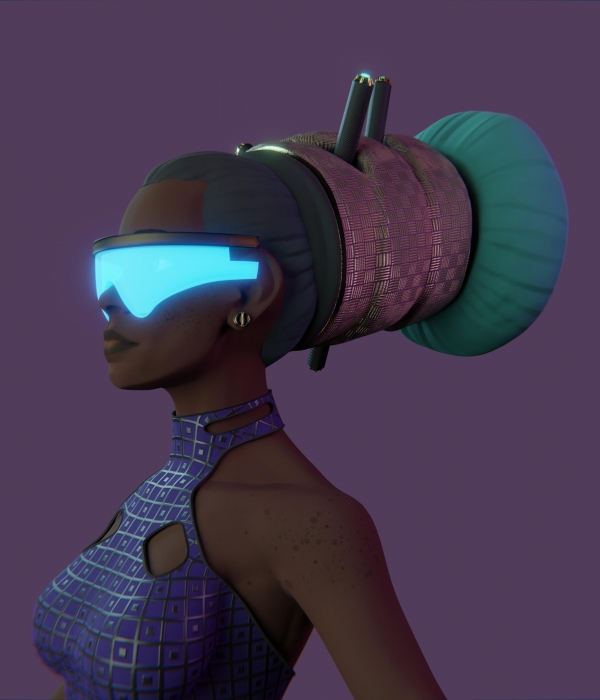
How did you come up with the idea for ‘Ye or Nay?
The pun just struck me and the fully formed game idea came a few seconds later. Such a delight when that happens, though it still took 6 years for me to get around to making it. I like the simplicity of an idea that you can communicate in a sentence because I hate tutorials and rules in games. I hate reading them and I hate explaining them. My attention span is so short and I learn by doing.
While most people probably haven’t played Guess Who? in 20 years, if ever, the mechanic is so simple. At least in the US, there’s also some cultural familiarity that allows you to imagine the gameplay right away.
That familiarity is important because my games are usually asking the player to be complicit in some disturbing, distressing social dynamic. If I just tell you that, you’re going to say no. But if I tell you, “Oh, it’s like Guess Who? but with Kanye West,” then you’re immediately charmed. It’s funny, it’s silly, what could go wrong? It’s not until you’re reading about how Barack Obama pretended to drink the water in Flint after it killed 12 kids that you think, “Oh, wait a minute, what did I sign up for?” But by that point, you’re already invested. That’s where humor, nostalgia, and familiarity can work to my benefit.
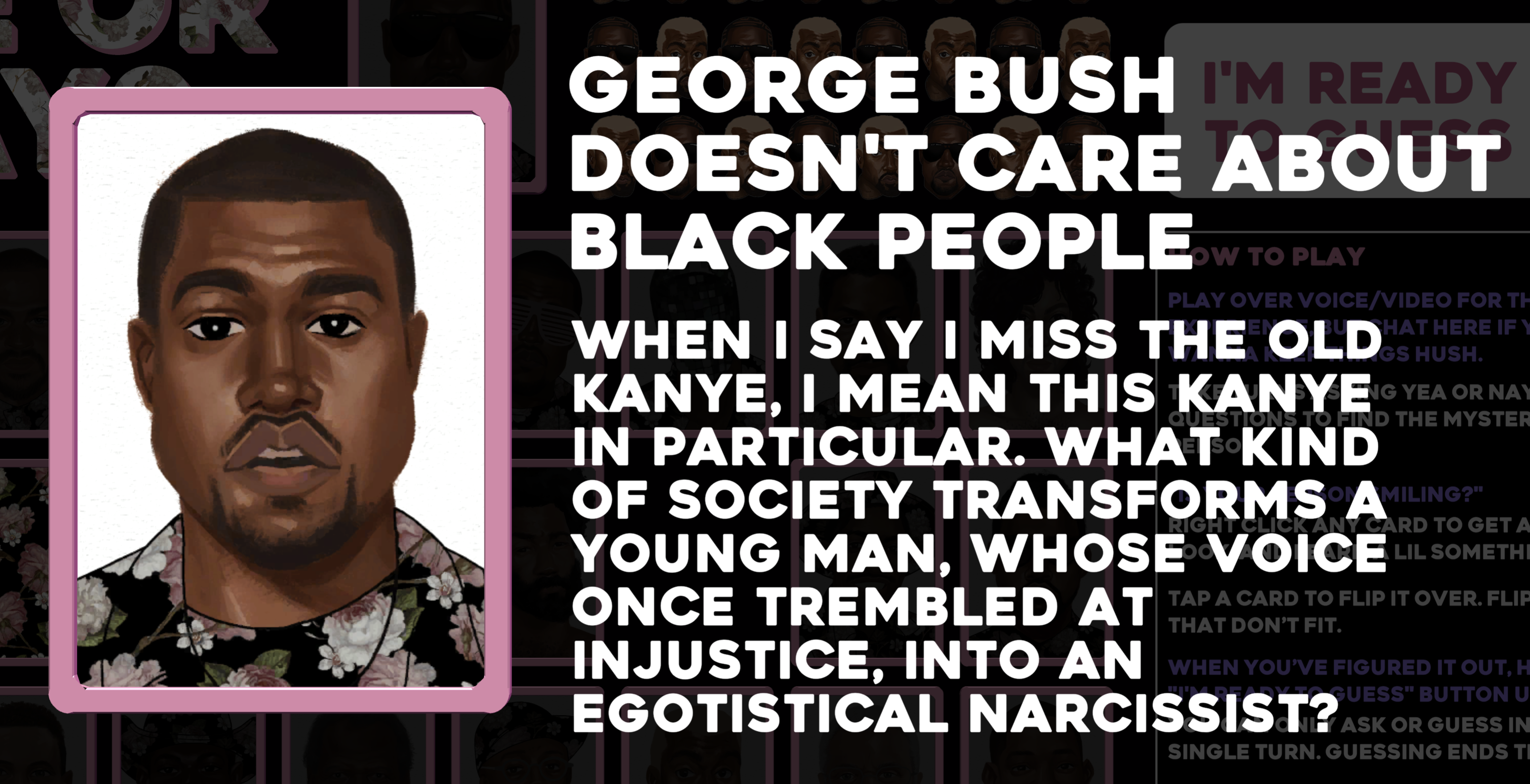
In your experience, has watching people play the game illuminate new things about your work?
Yes—especially when ‘Ye or Nay? was tabletop, before I digitized it for the pandemic (making it a much better game). It’s a delicate balance that I’m always thinking about: How do you get people to do uncomfortable things that still result in a pleasant and meaningful experience that they’ll want to continue to engage with?
Watching people play ‘Ye or Nay? is more stressful for me because players aren’t forced to vocalize their thought process in how they identify Black men. It’s harder for me to tell that it’s working because now there’s all this interiority that I don’t have access to, unless people tell me.
When people start asking these questions to figure out which Black man their opponent has, let’s say their opponent has Kanye and the only cards left are various iterations of Kanye—I have to read into the pause. Are they trying to figure out how to describe a haircut? Something else? There’s a lot of censorship and maneuvering that happens with ‘Ye or Nay? that is equally powerful as the discussions generated by my previous game, Objectif, but I don’t get to see it.
In ‘Ye or Nay?, Awkward questions are easier to dodge. For example, if you’re having problems deciding whether someone is light-skinned or dark-skinned, and it creates this entire cascade in your mind of like, “Oh, who is that? What does that even mean?” You might just not ask that question. The weight of the piece happens in these pauses. Though less of a spectacle to watch, That negative space is also beautiful and interesting.
‘Ye or Nay? doesn’t center a white gaze, looking in on Blackness. It is a critique and celebration of Black culture that can make other people uncomfortable because it’s not framed anthropologically. It seems like it’s difficult for white people in particular to understand this work outside of the narrow frames of representation and empathy, which really are rather colonizing and obtuse.
Within the context of indie games, it feels possible to articulate the power of having to disambiguate Black men and think about the language used to describe Black men, but I’m skeptical that folks can value cultural analysis that isn’t contorting itself to make white liberals comfortable. Indie games can be subversive, and an alternative to the mainstream, but also, this space is still very white with extremely sanitized white politics.
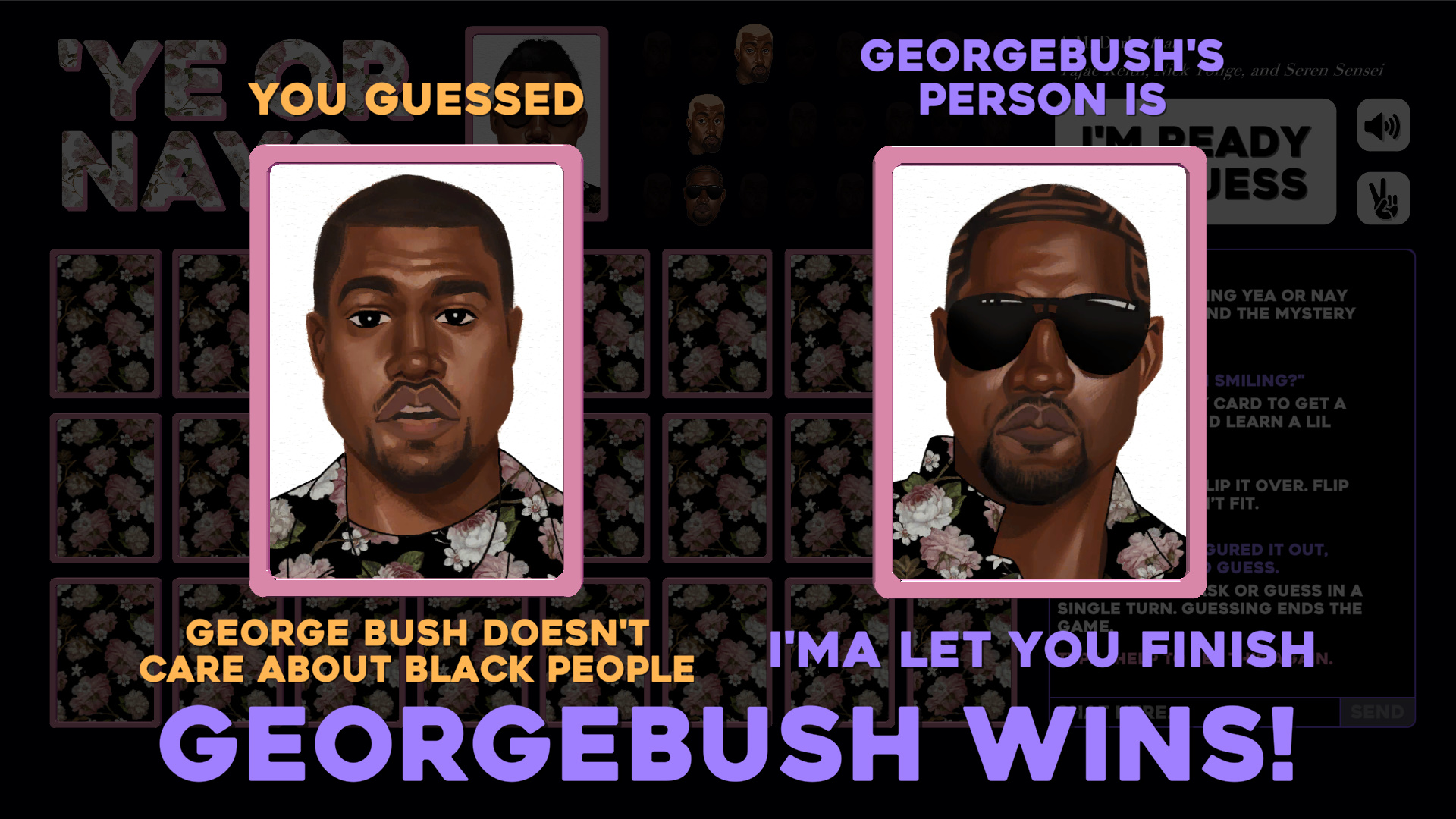
You’re both a creator and an educator. How do you see the relationship between play and study, between academia and games?
They complement each other. I just want to see more thoughtful, self-reflective games and build a culture of critique around games that doesn’t lead to death threats. I think there’s a fear within a significant population of the games audience that thinks criticism means you’re not allowed to like something.
For instance, I love The Last of Us franchise. I’m a total baby about horror games but I white-knuckled through the hospital in TLOU2 because the game is exceptionally well-crafted. I didn’t want to miss that experience. At the same time, I want to discuss the way Black people are treated in the series. I want to talk about how brown people are overrepresented in the disposable bodies that you brutalize throughout the game. I want to ask why, even named Black characters, have some of the most tragic deaths. And I want to do that extremely normal thing without getting extremely abnormal responses.
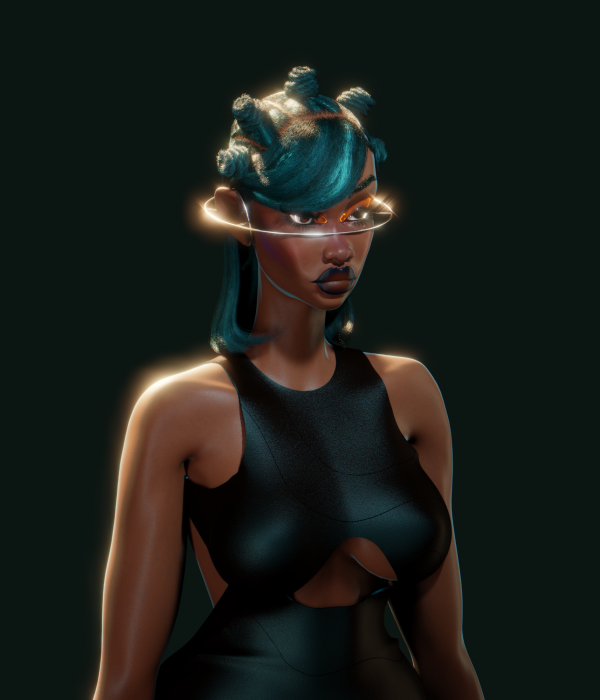
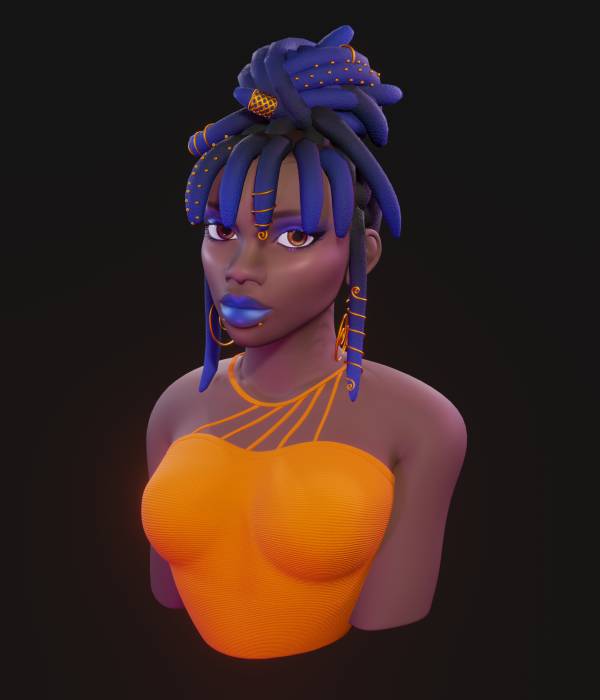
It makes me sad that even among games students, people who have explicitly decided to study games in a university, there’s a real hesitation to apply critical perspectives to games. As a creator, I want an educated, informed audience. I want players who are capable of engaging with all the nuanced layers of my work, who can fully appreciate my craft, whose feedback is complex and makes me better. When I teach, I get to help create that audience. Although, I also maintain that people who make games don’t have time to play them, so maybe I’m just creating the next generation of frustrated artists.
As an educator, I’m not interested in churning out students to enter the game industry. I make games because of the creative possibilities that games afford. I’m interested in teaching ways of seeing and making games differently. In academia, we often talk up the value of interdisciplinarity, that there is great value in being able to take from different fields, synthesize, build upon, and integrate them in new and interesting ways. Games, being a mix of mediums, already lend themselves to interdisciplinarity. That’s why my favorite kind of student is one who says, “I don’t know about games, I don’t play games, I’m not a gamer.” The student who writes poetry, or sings, or rock climbs, or studies Latin America, or is passionate about literally anything else, they are the ones to bring fresh perspectives and craft novel experiences instead of trying to badly clone the same old tropes.

What are the conceptual origins behind the Open Source Afro Hair Library?
A few years ago, I needed to create a few Black women character models for a VR project I was working on. Not being a 3D modeler, I was using software that was kind of like a character creator in that you could choose from a few basic models and change the look by tweaking different parameters. I was trying to make each character feel distinct even though they were all from the same few starting designs. It was going pretty well until I got to the hair. The software only had one kinky hair option. In order to avoid giving all of my Black characters the same dreadlocks, I started searching 3D marketplaces for Black hair. It didn’t go well.
‘Black hair’ wasn’t a useful search term because sites were interpreting it as a color, not an ethnic or cultural term. I found myself trying to guess the right term for Black (people) so that the search algorithm would understand. It felt like I had to solve the riddle of “how do white people see me?” before I could see myself. It felt inauthentic even before I got to the results.
After a few different attempts, ‘Kinky,’ ‘African,’ ‘African-American,’ I settled on the search term “Afro Hair”. This resulted in seeing Black character models, but the results were so low quality and offensive. I’m talking Jim Crow era minstrels and mammies, and still not a single twist-out.
There was this one model, clearly Rihanna’s face, but just thrown onto a random body, wearing a bikini. I kept wondering who this was for. I felt protective and uncomfortable with the fact that you could purchase this weird facsimile of Rih. I had the strangest urge to buy all of them so no one else could, but that’s not how digital objects work. It got me thinking about how problematic it is to even be on a marketplace where you can buy and sell digital Black bodies.
The more I thought about it, the more I wanted to avoid these sites entirely and create an alternative. Instead of adding more Black models or Black hair to these sites, what would it look like to build something that was affirmatively pro-Black, feminist, and anti-capitalist? The Open Source Afro Hair Library has been my answer.


What role does ‘ethical trolling’ play in your work?
There was that big Donald Trump rally [in Tulsa,] and all these tickets were being reserved. The organizers were like, “Oh my gosh, this rally is going to be so huge, 100,000 people have bought tickets. We got to get a bigger venue, we got to get a bigger soundstage.” The day of the rally, it looked empty. It was humiliating.
Why? Because a bunch of teenagers, Boomers and Millennials and Gen X had just reserved most of the tickets with no intention of showing up. That is a perfect example of ethical trolling because it was low effort/high impact. Trolling is all about asymmetrical impact. It didn’t cost anything to reserve a ticket, you just had to press a few buttons. But on the other end, those anticipated seats cost the Trump campaign money and manpower, only to result in public humiliation. It’s a brilliant form of activism because it’s emotionally sustainable.
To me a troll is more than an antagonist, primarily, they’re someone who’s engaging while being entirely uninvested in the topic. A troll’s sole purpose is to frustrate and exhaust their opponent. Their resources are near infinite because they expend nothing of consequence. If anything, trolls gain energy by getting a kick out of the havoc they cause with minimal effort.
Ethical trolling, these same tactics used in service of social good, could be a really interesting strategy for oppressed folks and activists to adopt. Fighting for change, even just surviving oppression, is a marathon, not a sprint. Anything that introduces levity and preserves the spirit is something I support.
In terms of how that manifests in my work, it doesn’t. I don’t know what you’re talking about.











